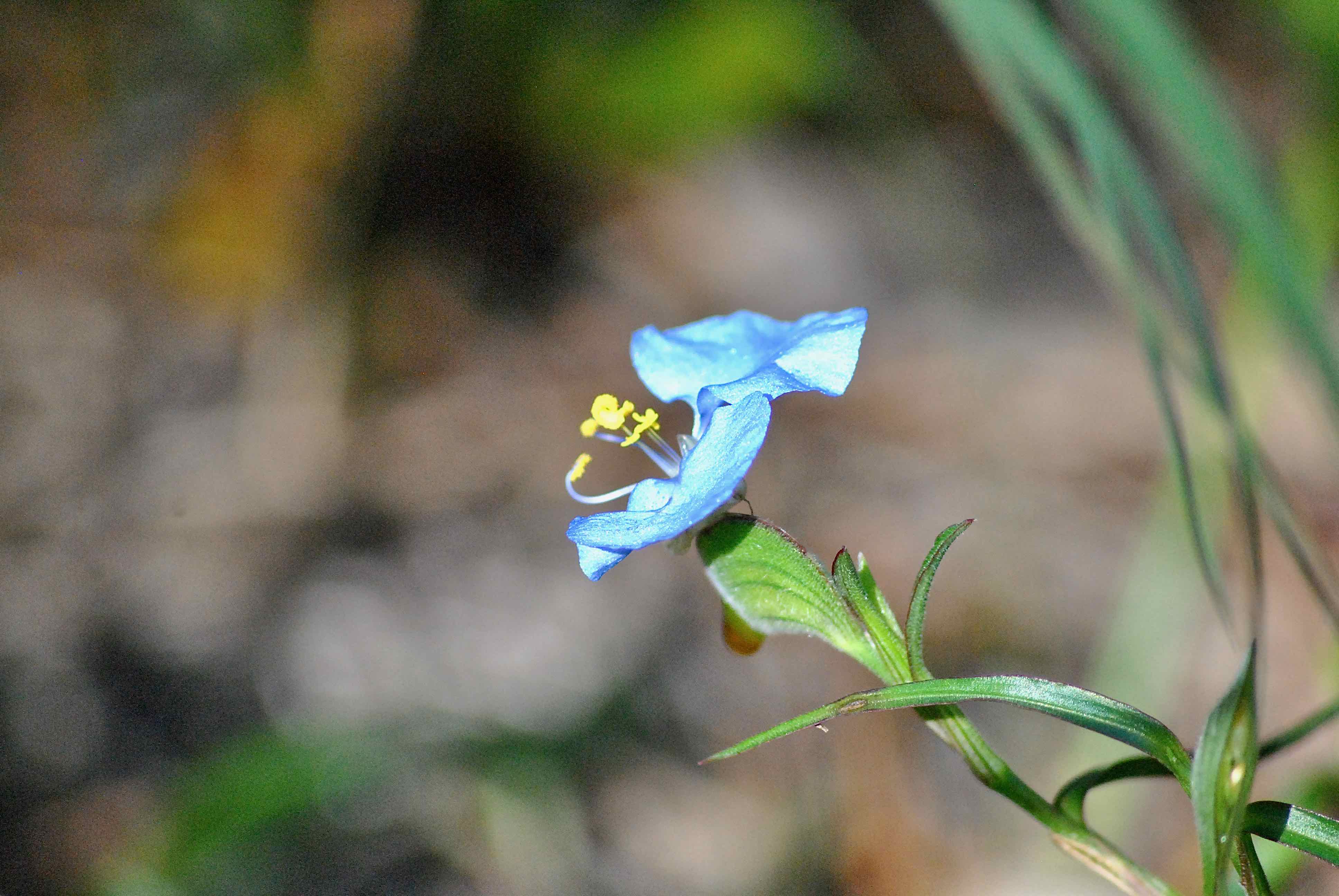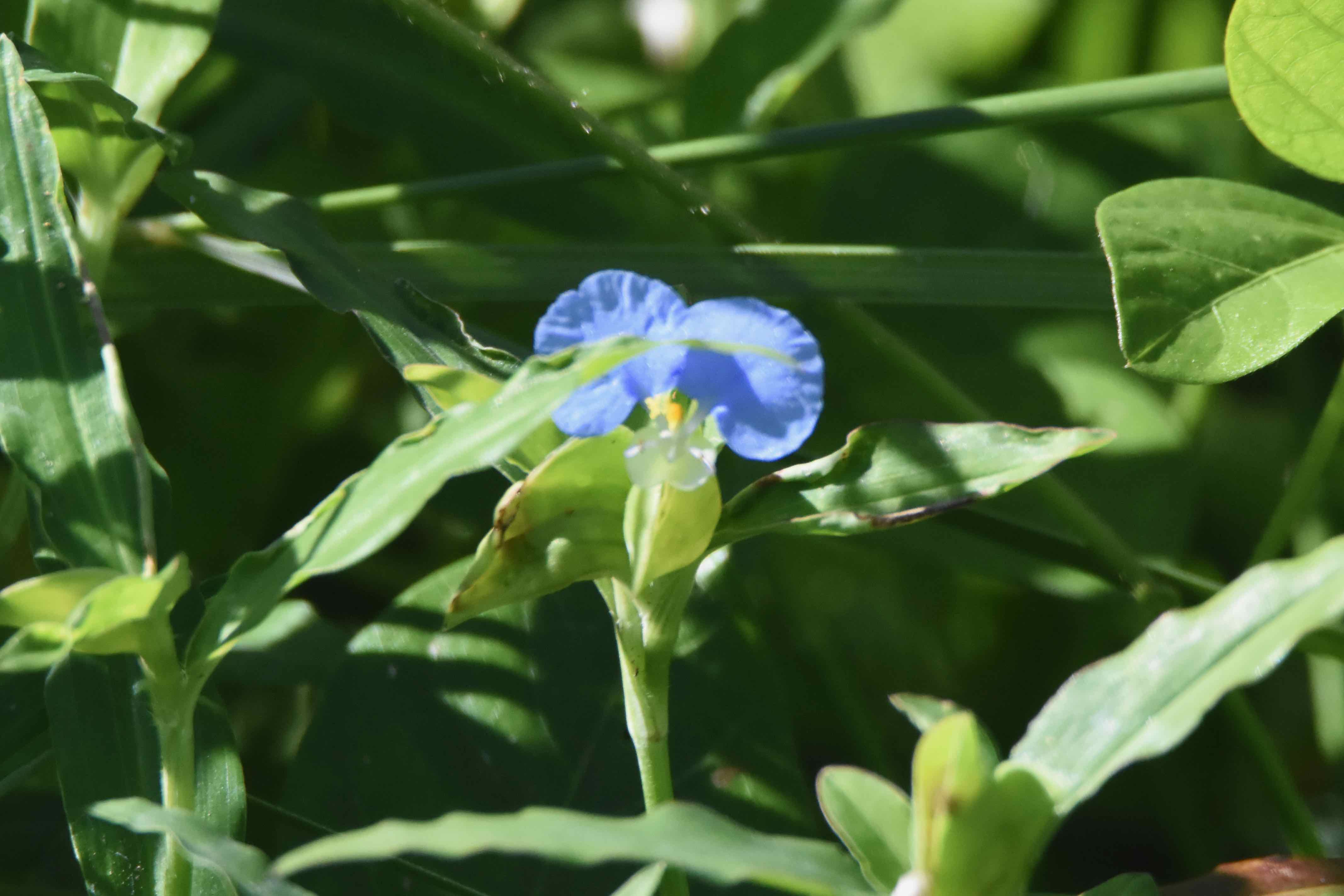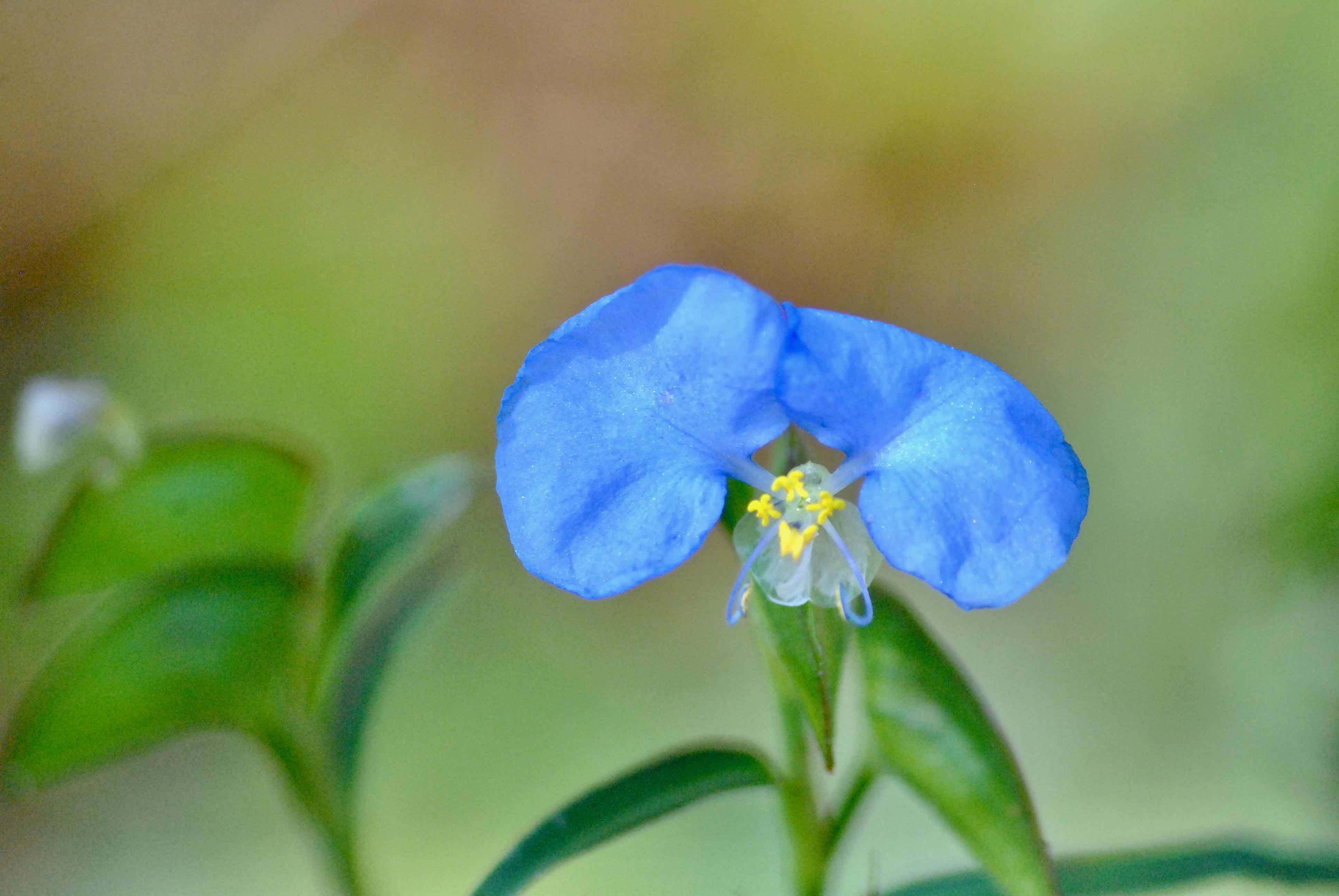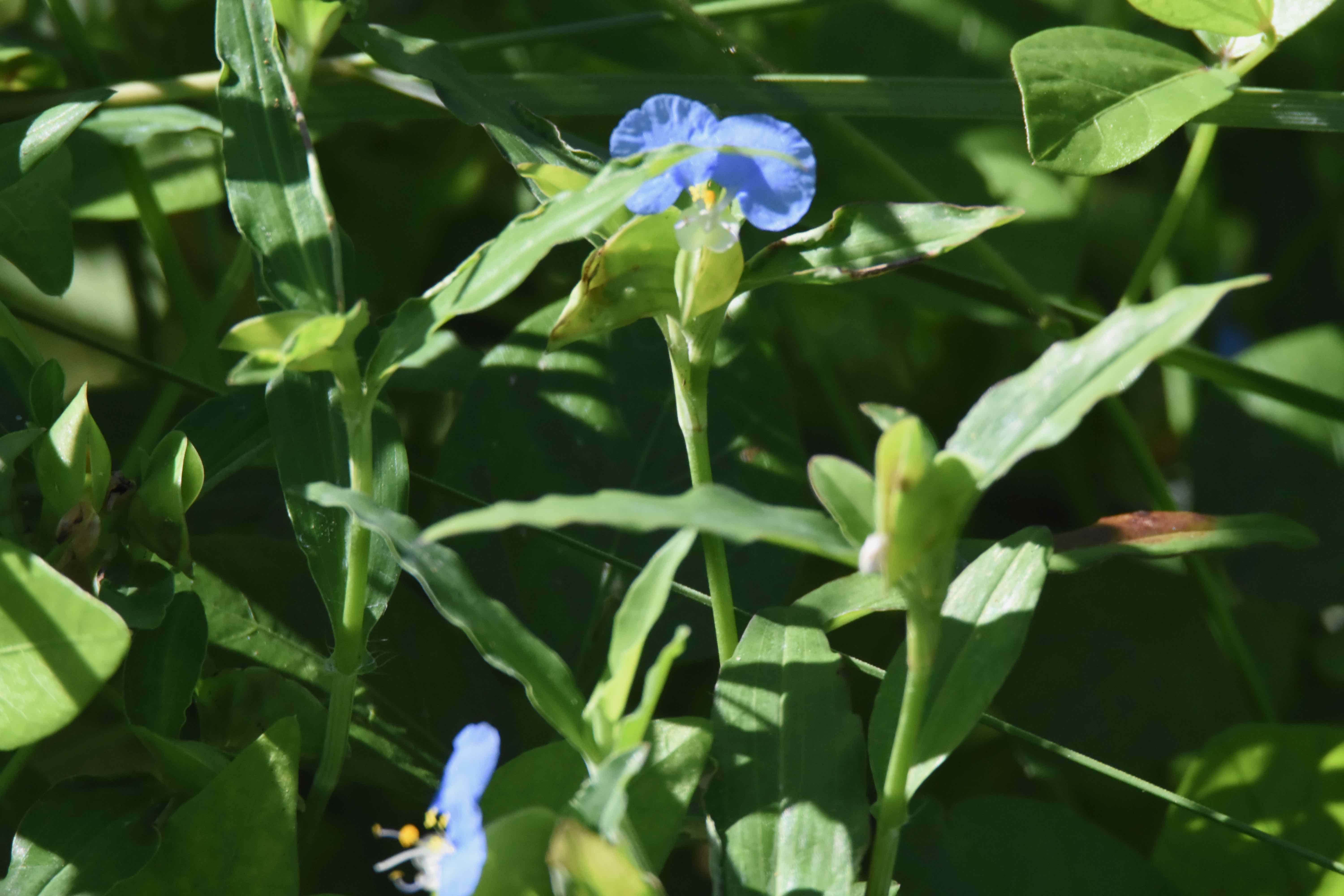
Whitemouth Dayflower, photographed at the Bailey Tract, J.N. "Ding" Darling National Wildlife Refuge, Sanibel, Lee County, in October 2016.
Can't say scientists don't have a sense of humor. Take this guy, the whitemouth dayflower, for instance. The scientific name is Commelina erecta, which honors three Dutch brothers named Commelijn, all of whom were botanists.
As the story goes, two of the three were held in high regard, the third not so much. The whitemouth dayflower has three petals, two of which are bright blue and are said to represent the two eminent brothers. The third petal, called the proximal petal, is an inconspicuous white and said to represent the third brother who was equally inconspicuous. OK, not exactly a knee-slapper. But anyway ... .
Whitemouth dayflower itself is fairly inconspicuous except for the pretty blue flowers it produces. It's a small, somewhat upright plant that rarely gets more than a foot off the ground unless it has something to support it — a neighboring plant, for example. It has long, narrow leaves, linear to lance-like in shape, and is jointed along the stem. It will root at the joints, or nodes, if they touch soil. Whitemouth flowers throughout the year, but as the name says, the blooms are short-lived. Get out early in the day if you want to see them.
It is a Florida native, found throughout most of the state, though rare in Monroe, according to the Institute for Regional Conservation in Delray Beach. It's also found in most of the United States east of the Rockies. In some places, whitemouth dayflower is quite rare — classified as threatened in Iowa and endangered in Pennsylvania and New Jersey. It might be extinct within Michigan. Whitemouth dayflower also ranges throughout the Caribbean, Central America and into South America.
There are three varietis of whitemouth dayflower, distributed by geography, with the shape and size of the leaves being the major tells.
Scrubby woods, pinelands, dunes, hammocks and disturbed areas are favorite habitats. It can be found as a weed in a cultivated field.
Its seeds are food for white-winged and mourning doves. The root of the plant is fleshy and edible for us human types, as are most (but not all) members of the Commelina genus.
In parts of its range, a salve and wash were made from the plant to treat wounds and spider bites. The sap was used as an oral contraception. Whitemouth dayflower is cultivated, grown from seed or cuttings, and the IRC recommends its use for restorations, natural landscapes and wildflower gardens.
Whitemouth dayflower is a member of Commelinaceae, the spiderwort family. Other common names and spellings for it include widow's tears, day flower, slender leaf dayflower and white-mouth dayflower.
Note: There is a naturalized (nonnative) weed called the common dayflower, Commelina diffusa, that looks similar to whitemouth dayflower. It tends to be more prostrate and its flower has three blue petals instead of two plus one white. It is a major agricultural pest in parts of the world. Feel free to pull it.
Click on photo for larger image
Click on photo for larger image
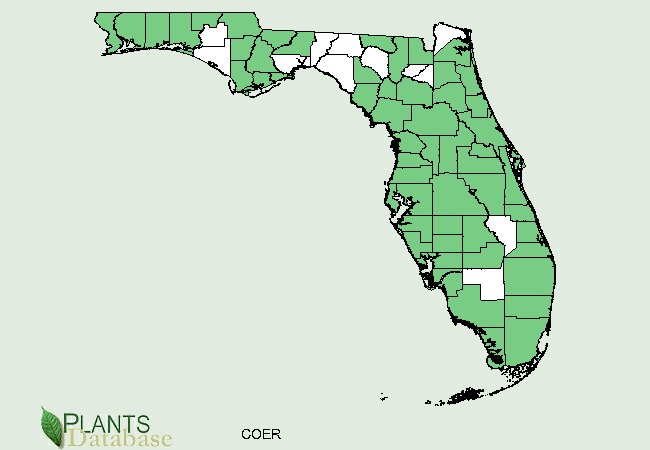

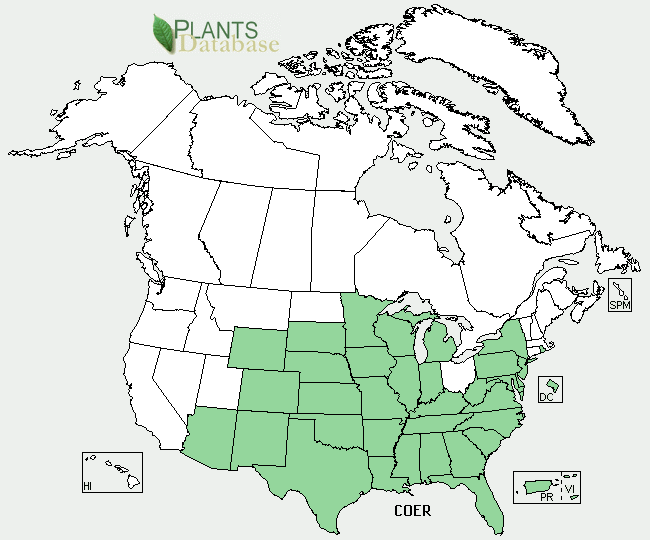
Links for Whitemouth Dayflower

